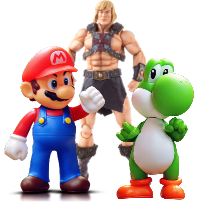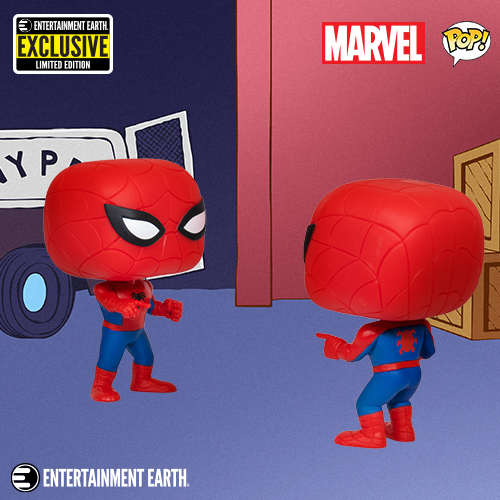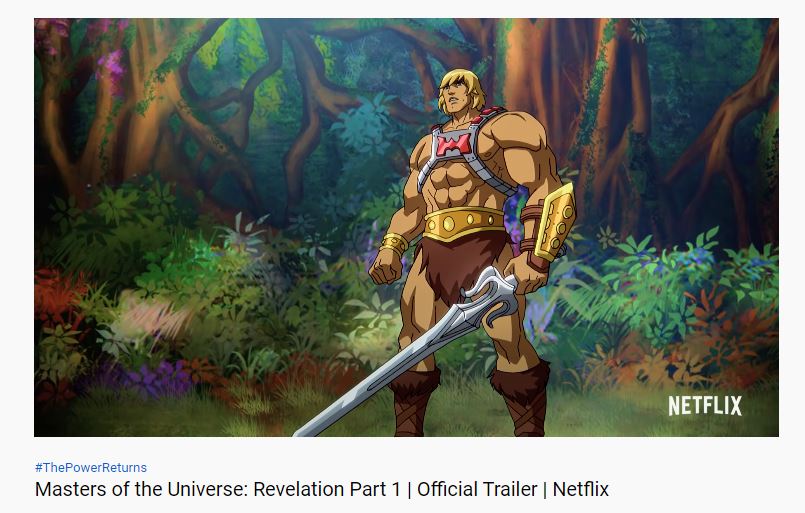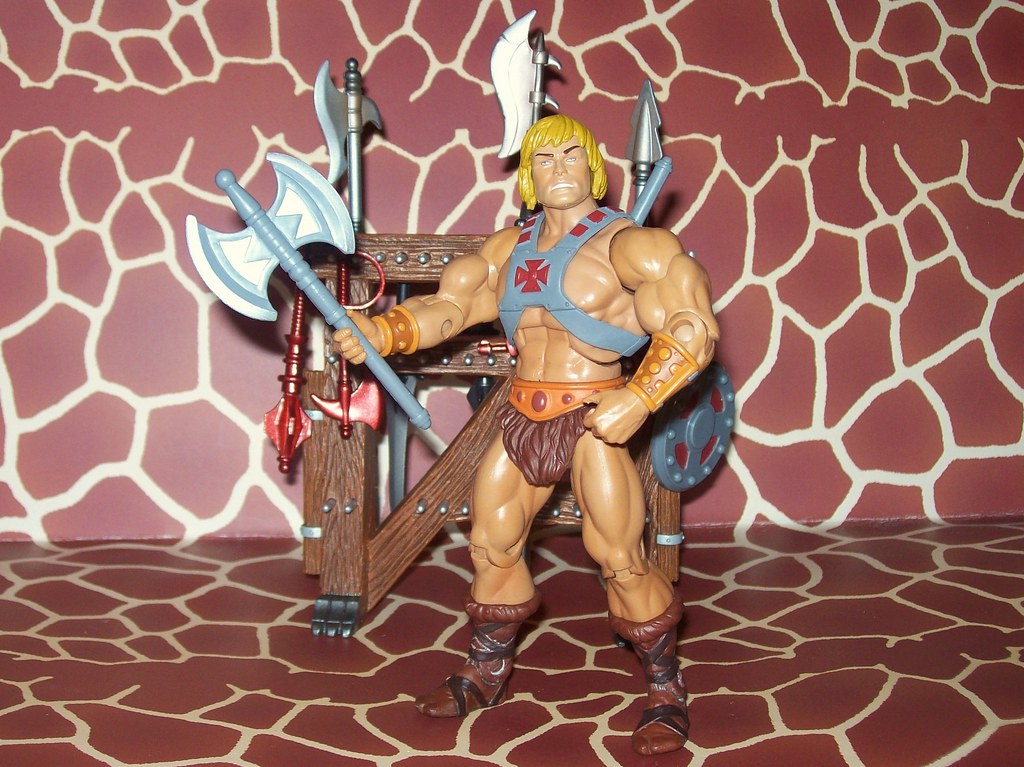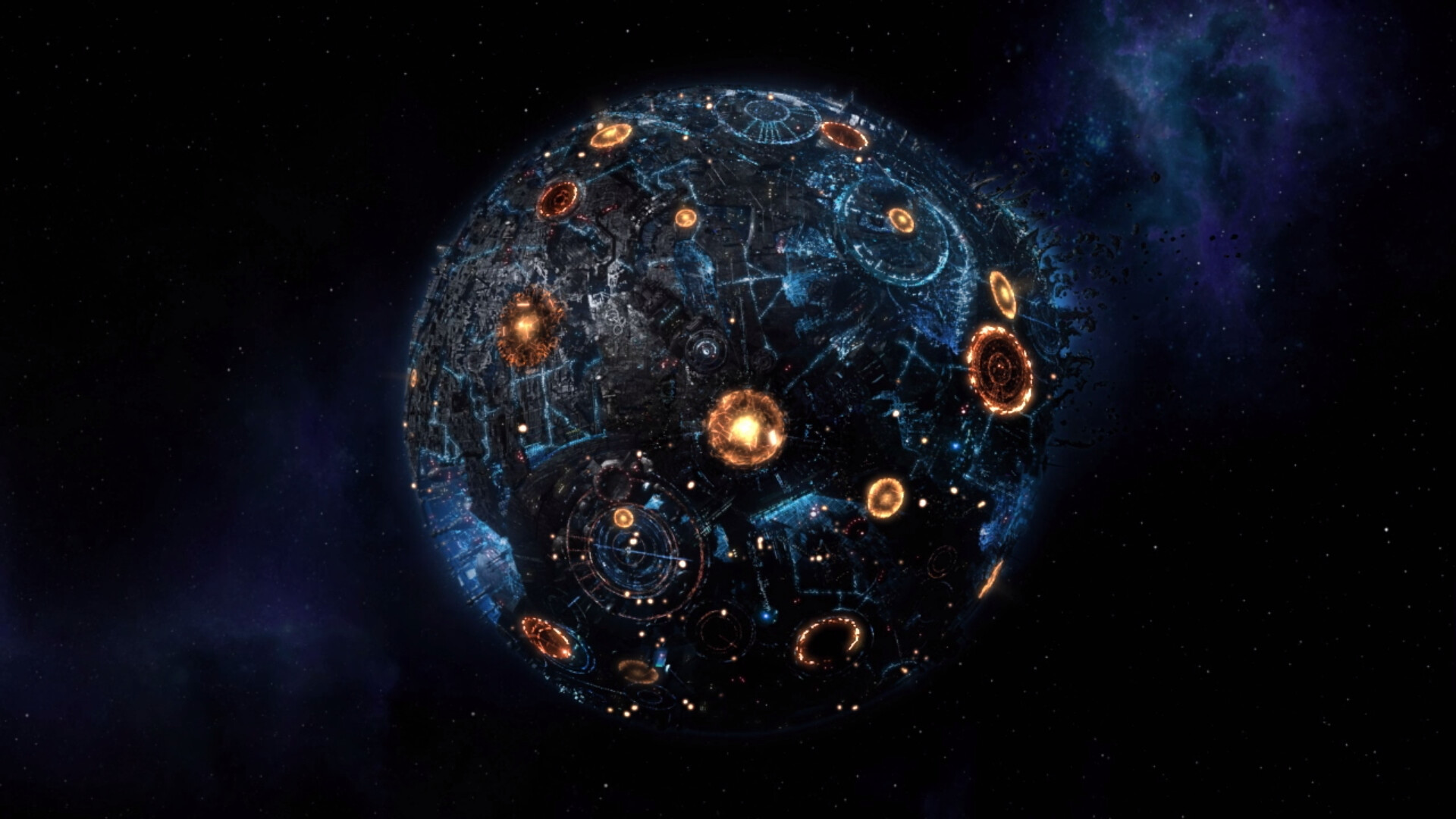In 1989, the first Gameboy ever released may have been a small step for Nintendo, but it proved to be a giant leap for the video game industry. Portable, durable, and dependable, the Gameboy is a reminder of childhood memories for some or a relic of a bygone era for others, but regardless, its timeless design and legacy has lived on well into even the second decade of the 21st century.
To commemorate its recent 30th anniversary, we’ve compiled this mega list of Gameboy consoles and games that is sure to take you on a nostalgic trip down memory lane, or for the newer, curious gamer, provide a written monument memorializing one of the most revolutionary consoles in gaming history:
Gameboy (the OG)
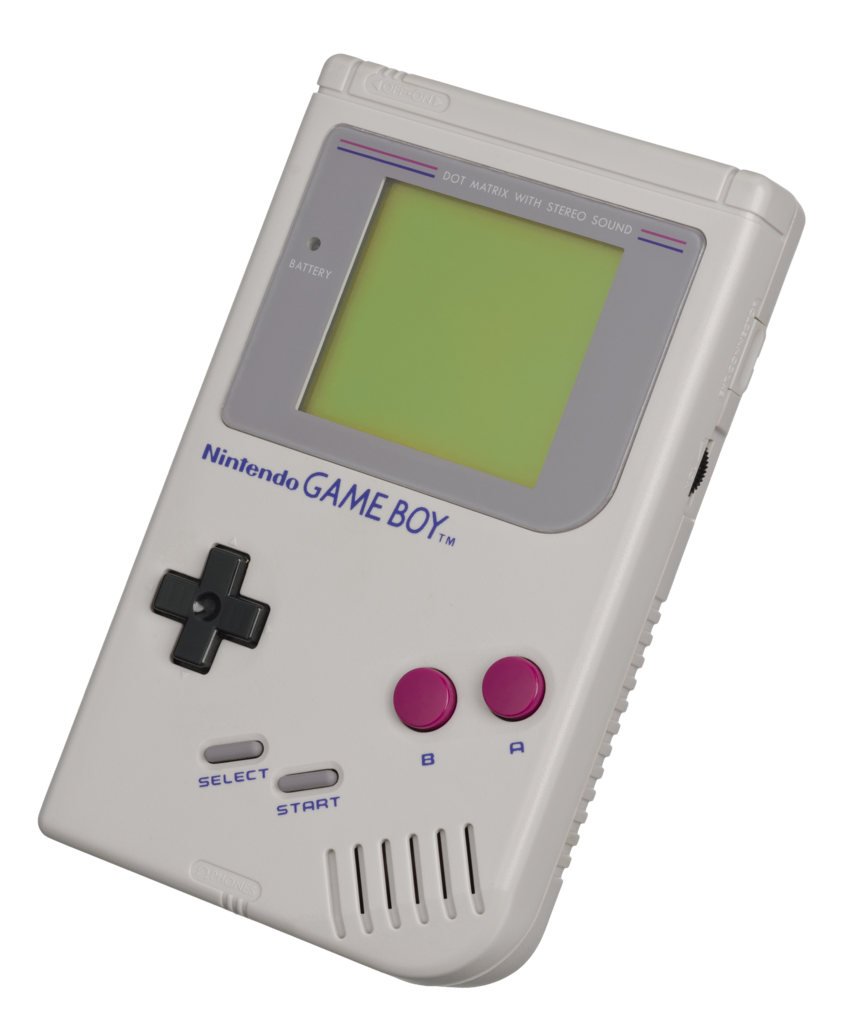
Despite lacking color visuals and technically having inferior hardware compared to its competitors in the video game market, the Gameboy propelled nintendo to the forefront of the industry upon its release. With its long battery life, its portability, and its durability as well, it’s not too hard to imagine how the original Gameboy grew to be so popular. Along with its distinctive gray color and block shape, the Gameboy would also be released in an array of hues, from red and green to even clear (transparent) as part of nintendo’s Play it Loud series. It was also one of the first systems to support multi-player options beyond your typical 4-player limit. (With the linkport, it was possible to play with sixteen people total!)
Below we list the top five games that helped advance the Gameboy to stardom:
Tetris
Critical to the Gameboy’s success, while this Russian puzzle game had humble origins, it grew to be a huge hit worldwide. Though Tetris was a popular arcade addition at the time, it would take years for the puzzle game to be ported to a more portable device, and the Gameboy was its pathway. Accessible to all and with simple, straightforward gameplay, it’s no wonder that Tetris is still trending today with over 200 million copies sold since its debut.
Kirby’s Dream Land
Released in 1992, Kirby’s Dream Land debuted our lovable pink protagonist and would be long considered not only just the piece that cemented HAL Laboratories in the video game industry but also the inaugurating game for the franchise, providing the foundations for the game’s conventions and mechanics.
Super Mario Land
The game developers definitely played it safe with Super Mario Land and its corresponding sequels, and while many veteran players of this series often refer to its strange gameplay, Super Mario Land is a testament to the Gameboy’s popularity as well as the odd quirks a Mario game could develop when Miyamoto isn’t involved.
The Legend of Zelda: Link’s Awakening
The first handheld Zelda game, the Legend of Zelda: Link’s Awakening wasn’t the most conventional Legend of Zelda game out there—it was the first to debut changes to the series’ key quests and also introduced more equipment for our players to use beyond Link’s trusty sword. But despite its 8-bit limits, the Legend of Zelda: Link’s Awakening proved to be a big hit, even spawning a more contemporary 2019 remake.
Wario Land
While Wario Land can technically be considered as part of the Super Mario Land series, it was more of a seamless integration of a platformer with a variety of puzzle games. Though the Wario games we know of today test our reflexes and at times, our sanity, we can’t help but place its predecessor Wario Land in our list of influential Gameboy games.
Gameboy Pocket
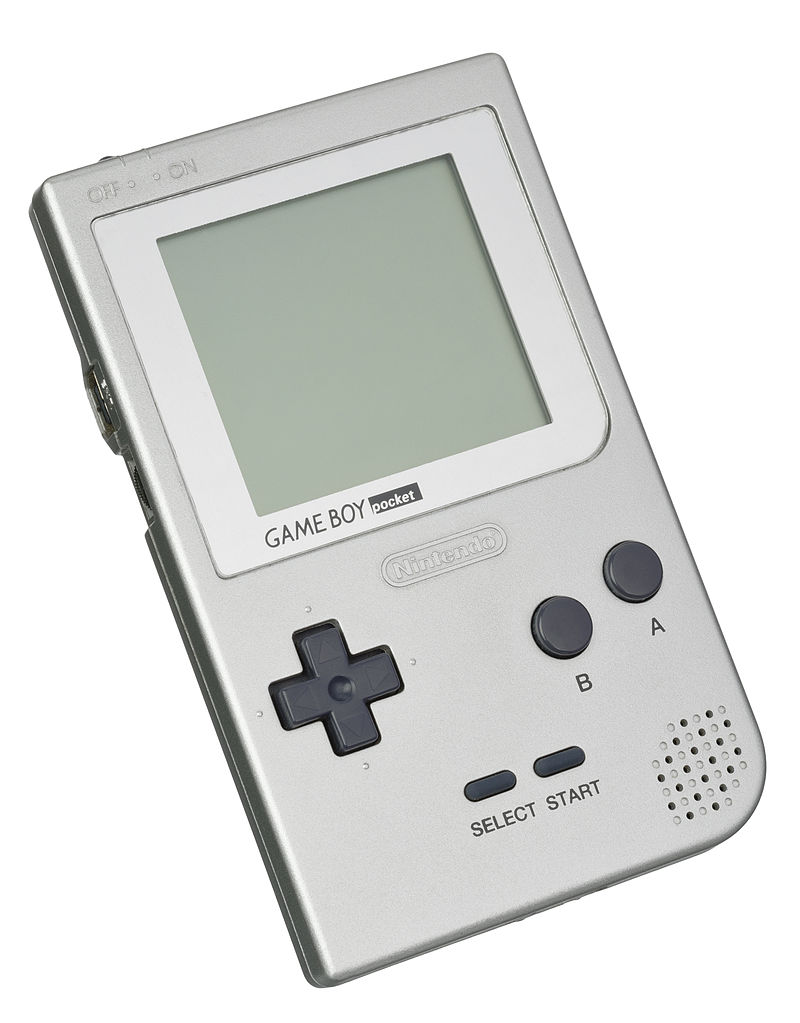
While having the same features as its 1989 predecessor, the Gameboy Pocket bears a lean and mean design and was released in 1996 with over five different colors. In addition to its more suave look, the Gameboy Pocket switches the Gameboy’s pea soup screen for a sleek black-and-white overlay, and also had a lower price point of $69.99 at its initial release—a good thirty-dollar difference compared to the Gameboy’s $89.99.
While the Gameboy Pocket could essentially play Gameboy cartridges, we couldn’t help but list these top five games that boosted the console’s popularity:
Donkey Kong
Spring boarding off the popular arcade game, Donkey Kong packs a punch—with more than 100 stages to go through, Donkey Kong is no doubt king when it comes to entertaining for long hours while on the road or in the comfort of one’s home. Many of Donkey Kong’s mechanics would also be ported to other popular nintendo franchises.
Game Boy Camera
Before we had hobbyist photography on Instagram and iPhone-journalism, we had the Game Boy Camera. While more of an attachment to the console rather than a game cartridge, the Game Boy Camera’s whimsical set up merges RPG elements with photo taking, allowing players to also customize taken photos.
Mole Mania
Like many games released near the end of a console’s lifespan, Mole Mania was also overlooked due to its circumstances. However, despite its late release, fans of Mole Mania remember it as a game that did its best with the hardware provided by the Gameboy, and added new, refreshing challenges to the box puzzler genre by adding player actions and incorporating hazards and elements in the game that players must overcome.
Pokémon Red, Blue, and Yellow
Nothing speaks more poignantly to childhood nostalgia than the familiar jingle of Gotcha catch ’em all! Regardless of which generation you start with, it’s only right to pay homage to the Pokémon games that began it all. While many fans of the franchise were introduced to it with this game, many would soon branch out to other Pokémon trademarks such as the trading card game, the animated series, and more recently, mobile escapades with Pokémon Go.
Mario’s Picross
Combining the elements of pictures and a crossword puzzle, the simple but addictive gameplay of Mario’s Picross has led to even its reappearance in the 3DS’s retro game additions. While the challenge of deciding which squares need to be filled in and which ones are better left empty bears a sharp resemblance to Sudoku, Mario Picross’s charm has yet to fade away into obscurity despite being released over two decades ago.
Gameboy Color
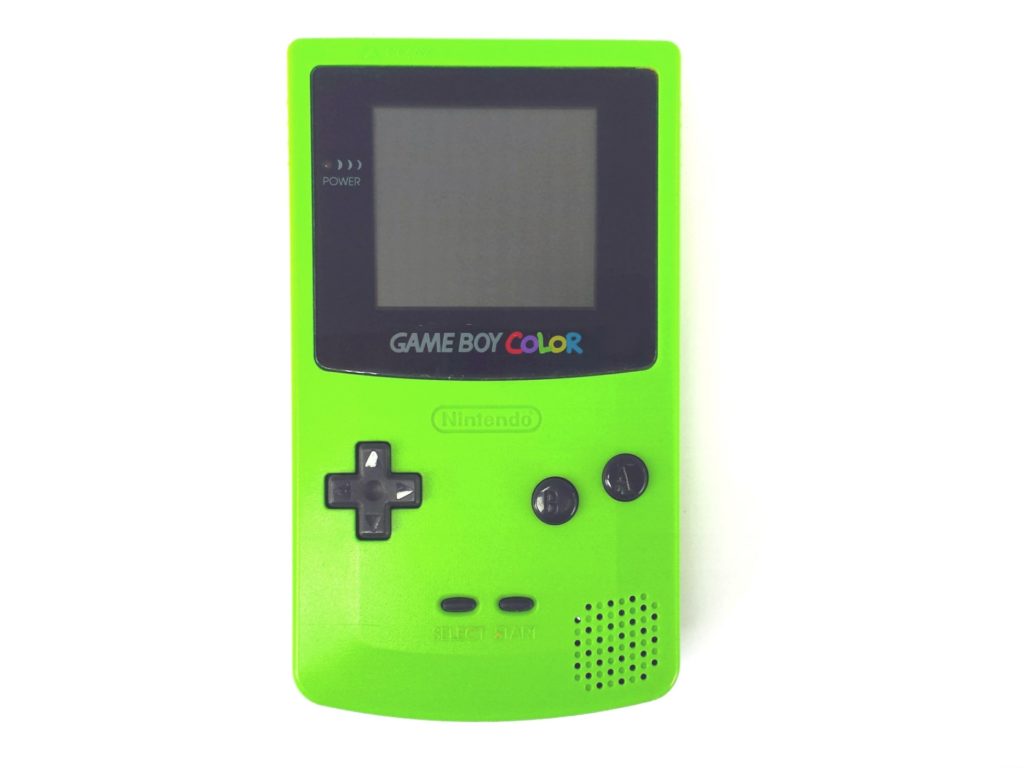
Often abbreviated as GBC, the Gameboy Color was released in 1998 and was the final 8-bit handheld produced by nintendo. Bearing a lush color palette with more shades available compared to the NES’s, additional improvements to the Gameboy Color included a higher processing speed and more memory. One particular feature that stands out for the Gameboy Color was also its backward compatibility; the console was able to play older games in a limited color scheme, providing much to see for older and newer fans alike.
With the release of the Gameboy Color also came the production of Gameboy Color games made to take advantage of color visuals, such as these five games here:
Pokémon Gold, Silver, and Crystal
Featuring the Johto region and 80 new Pokémon to collect for all Pokémon masters out there, Pokémon Gold, Silver, and Crystal are the first Pokémon games to receive the color treatment. However, the second generation of Pokémon is also a testament to Satoru Iwata’s coding skills: during development, the past nintendo director was able to re-size the game to a point where there was enough room for a second region to be included, allowing players to access the Kanto region and a bevy of Pokémon from the first generation.
Metal Gear Solid
Known as Metal Gear: Ghost Babel in Japan, despite being an entry to an alternative timeline of the franchise, Metal Gear Solid for the Gameboy Color was a huge hit and critically acclaimed. Made specifically for the Gameboy Color, Metal Gear Solid’s gameplay is neatly packed into 13 stages for players to complete, and its compact and clean gameplay engaged older fans while converting new fans as well.
Harvest Moon GB
While for some the idle tranquility of farm life is far from reach, Harvest Moon GB gave all players a chance to enjoy the slow-and-steady pace of managing a farm in this Game Boy Color release. Between growing crops, raising cows and chickens, as well as exploring the local area, Harvest Moon GB is a soothing experience made portable for the first time ever in the franchise’s history
Pokémon Pinball
Released in 1999 and though initially criticized for its poor pinball physics, Pokémon Pinball would serve to demonstrate nintendo’s ingenuity in combining two separate mediums into seamless gameplay—this time with Pokémon and pinball machines. Mash your way into gaining the most amount of points possible or attempt to catch all 151 Pokémon and become the Pokémon as well as pinball master you were meant to be.
Shantae
Like many games released in the cusp-end and/or cusp-beginning of a video gaming era, Shantae was overlooked in the shadow of a new console’s release: The Gameboy Advance. However, despite its unfavorable timing, Shantae would go to receive positive reviews from critics and be worshipped as a fan-favorite cult classic. Using her hair as a whip, sashay with Shantae through this adventure platformer as our half-genie protagonist seeks to foil the nefarious plans of lady-pirate Risky Boots.
Gameboy Advance
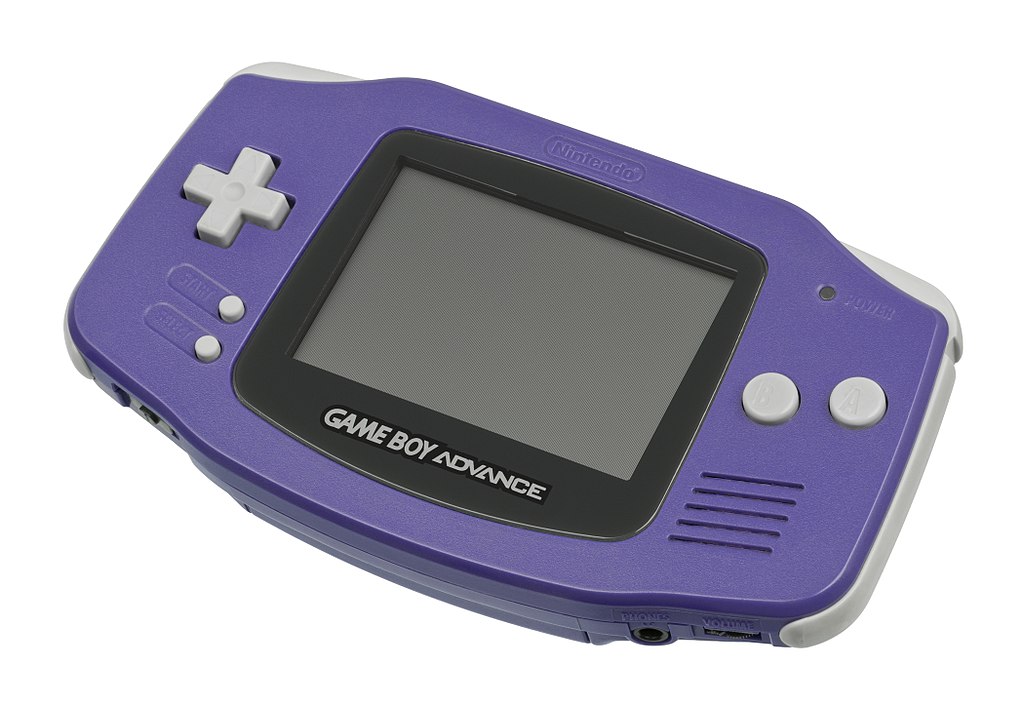
A turn-of-the-century console given its 2001 release, the Gameboy Advance had a total rehaul compared to the past Gameboys. With a more oblong design and added L as well as R buttons to boot, the Gameboy Advance featured a longer and more compact cartridge. The last portable console released by nintendo to require batteries, the Gameboy Advance was also able to connect with the GameCube as well as with other Gameboy Advance players thanks to additional accessories such as the wireless adaptor and link cable.
Here are our top five games which came with the 2001 release of the Gameboy Advance and helped spread its popularity:
Golden Sun
The first installment of the Golden Sun franchise, it would also prove to be an important benchmark for the series with its positive reception. Follow the journey of magic-attuned adepts who must prevent a worldwide calamity. Besides the typical dungeon-crawling mechanics associated with RPG games, Golden Sun incorporated in-world puzzles to solve and tackle with your character’s special skill sets, and its vivid graphics were given much praise.
Pokémon Ruby and Sapphire
Introducing new features such as beauty contests and adding real lifetime mechanics for hatching eggs and growing berries, Pokémon Ruby and Sapphire ushered in not only the third generation of the Pokémon series but many novel gaming features that we would continue to see further on in later games.
Mario Kart: Super Circuit
Released in 2001 as the first portable Mario Kart, Mario Kart: Super Circuit has five game modes, including over fifteen different tracks to race on as you aim to win all five cups. Unique to Mario Kart: Super Circuit is a Quick Run mode, which allows players to race on any track of their choosing, and it’s also the last Mario Kart to use sprites for its playable characters.
Mega Man Zero
While a spin-off of the Mega Man series, the Mega Man Zero series would see a release of up to four games as well as a heap of praise for its action-packed gameplay. While like previous Mega Man entries with its run-and-gun style and side scroller action, the Mega Man Zero series spiced things up by changing up its game interface and mechanics—players were able to freely explore a larger map after completing missions and could also change the element of their weapons for a rock-paper-scissors-esque mechanic.
The Legend of Zelda: A Link to the Past and Four Swords
While A Link to the Past is taken entirely from its SNES predecessor, this third entry for Legend of Zelda on a handheld console brought a special multiplayer-only adventure: Four Swords. With Four Swords, players were only allowed one item but could journey up to four different stages together in a race to see who could earn the most rupees.
Gameboy Advance SP
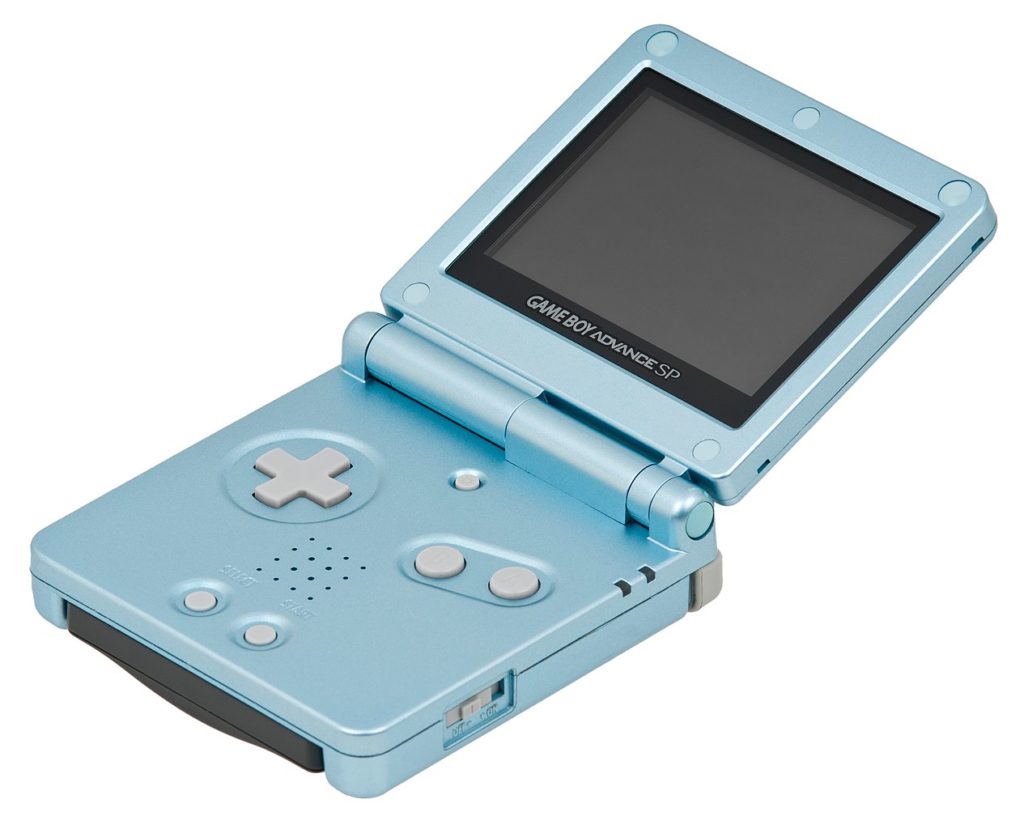
For those born in the late ’90s, the Game Boy became more of a distant memory with the release of the Gameboy Advance SP in 2003. With a polished clamshell-like design and the first-ever included rechargeable battery, the Gameboy Advance SP was a successful revision of the Gameboy Advance with over 40 million units sold as well as the ultimate road trip machine. Though the final handheld console to feature backward compatibility with the original Game Boy games, the SP’s prime function was its backlit screen: no more straining your eyes while playing in the sunshine or in the dark.
Of course, improvements in hardware also mean the release of the new games to utilize them, so we list our top five games of the Gameboy Advance SP era here:
Pokémon FireRed and LeafGreen
Pokémon FireRed and LeafGreen earn a spot on our list for being the first remake of a Pokémon game, and its success would lead to the remake of Gold and Silver as well as Ruby and Sapphire. Though its graphics would be close to Ruby and Sapphire’s, the game garnered praise for staying faithful to the original game’s plot while seamlessly integrating new events to the delight of veteran and newbie players alike.
Metroid: Zero Mission
A dynamic and fluid side-scrolling platformer, Metroid: Zero Mission is the Gameboy Advance remake of the first Metroid game ever debuted. While for some older fans many of the scenes from the game look strikingly familiar, such as the fight with Mother Brain, newer fans were able to enjoy the lush graphics as well as new gameplay mechanics such as controlling Samus Aran without her Power Suit and exploring Planet Zebes in a non-linear fashion.
Fire Emblem
Known as Fire Emblem: Blazing Sword in Japanese but simply dubbed Fire Emblem for its overseas release, Fire Emblem was released overseas was in 2003 for the Gameboy Advance SP. However, names can be deceiving as this Fire Emblem was actually the seventh game of its franchise—Nintendo had held off localizing this turn-based strategy game for over twenty years. Though more infamously known for its permadeath mechanic, where defeated characters are lost forever, this Fire Emblem entry was important in continuing gameplay features distinctive to the franchise such as unique playable characters, supports, and the rock-paper-scissors-esque weapon’s triangle
Final Fantasy Tactics Advance
One of the first projects to arise between Square Enix and nintendo’s collaborative efforts, Final Fantasy Tactics Advance is a turn-based strategy game centered around 3-D isometric maps. While the game has been praised for its graphics and soundtrack, another one of its highlight points is the number of customizability players have—players were free to change the classes, abilities, as well as stats of their favorite characters and had access to five playable races and over 30 jobs with the game’s flexible job system.
Castlevania: Aria of Sorrow
While more commercially successful overseas than in Japan, Castlevania: Aria of Sorrow would incorporate gameplay elements from the PlayStation’s Castlevania: Symphony of the Night while adding in replayability-friendly features such as a New Game+ as well as a higher difficulty mode. Furthermore, players could absorb the souls and abilities of enemies to power up the titular protagonist, Soma Cruz.
Gameboy Micro
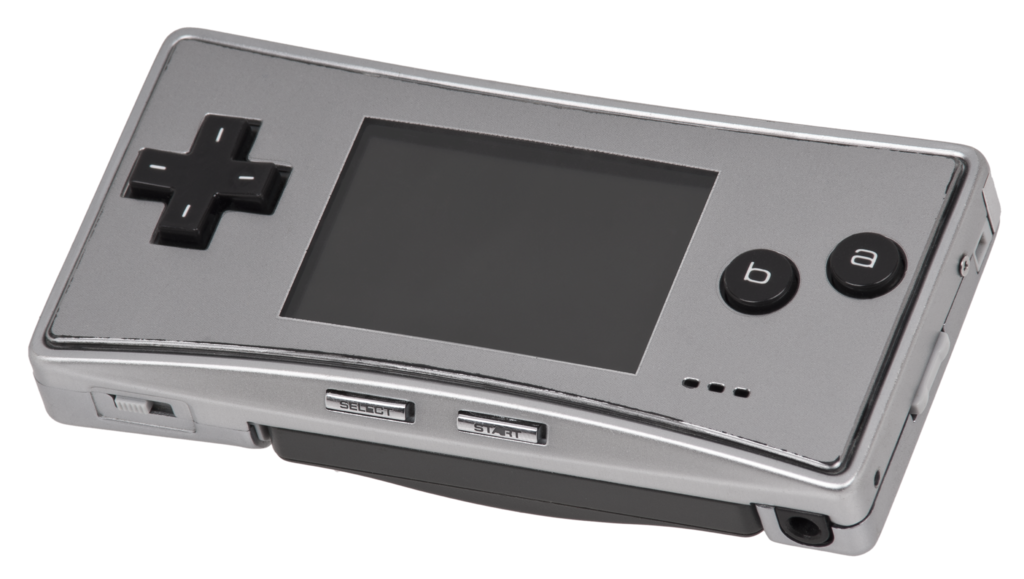
The final re-design of the Gameboy, the Gameboy Micro was the last of the Gameboy family to be released in late 2005. Compared to previous renditions of the Gameboy, the Gameboy Micro was given a slimmer appearance and retained a backlit screen, but because of its design, the handheld console had neither backward compatibility nor the ability to use add-ons such as the nintendo e-Reader. However, one popular point with the Gameboy Micro, besides its portability, was its customization—users could exchange its faceplate which doubled as a screen protector as well as a personal touch. While nintendo admitted that the Gameboy Micro did not live up to its sale expectations, possibly by being overshadowed by the nintendo DS at the time, many fans speculate that its compact and sleek look would influence the design of the nintendo 3DS.
Despite the Gameboy Micro coming out during the twilight years of the Gameboy family, here are five games that we thought stood out for the console:
The Legend of Zelda: The Minish Cap
Like the previous Legend of Zelda entries, Link must explore dungeons and slowly complete goals for quests to advance through the game in this twelfth installment of the Legend of Zelda franchise. However, The Legend of Zelda: The Minish Cap would expand on the Four Swords lore of the franchise and also introduced new gameplay mechanics such as the ability to shrink Link to bug size in order to explore certain areas.
Advance Wars 2: Black Hole Rising
Another turn-based strategy darling, Advance Wars 2: Black Hole Rising builds upon the foundations of the original Advance Wars where players tactically control the production and movements of an army. With over five continents to go through and ten commanding officers to play as Advance Wars 2 may have ported many of its features from its original game, but its addictive gameplay and miscellany of engaging characters make it even easy for newcomers to the series to enjoy.
Pokémon Mystery Dungeon: Red Rescue Team
While the mystery dungeon, or roguelike, genre has been around since the 1990s, Pokémon Mystery Dungeon: Red Rescue Team is the first Pokémon spin-off game to be released for the genre along with the DS equivalent Blue Rescue Team. With over 20 dungeons to explore through, Red Rescue Team led to more Pokémon games in the mystery dungeon genre for the nintendo DS as well as the Nintendo 3DS and was also a closing curtain for the franchise on the console as it was the final Pokémon game to be released for the Gameboy family.
Harvest Moon: Friends of Mineral Town
Take the farm on the go with Harvest Moon’s first handheld console release as players once again undertake a goal common to all Harvest Moon entries: building the best farm there is. Besides exploring the local woods and mines as well as raising crops and animals, players can also socialize with the local residents of Mineral Town and marry one of the 6 eligible bachelorettes—that is if your love interest’s rivals aren’t the first to confess and propose.
F-Zero Climax
Succeeding F-Zero GP Legend, F-Zero Climax would be lauded for features such as its Survival Mode and track editor. On top of the game’s Grand Prix mode with four difficulty modes (Bronze, Silver, Gold, and Platinum), over fifty courses available to race on, and over twenty opponents to race against, players could make their own racing tracks and share them with friends via link cable. Survival Mode also added an extra challenge by featuring races where the player must stay within a guard-less track and is already at a disadvantage with depleted health. Despite being a 2-D racer, the F-Zero Climax’s graphical hardware also allowed it to appear as a 3-D environment, which was certainly a visual treat for gamers at the time.



